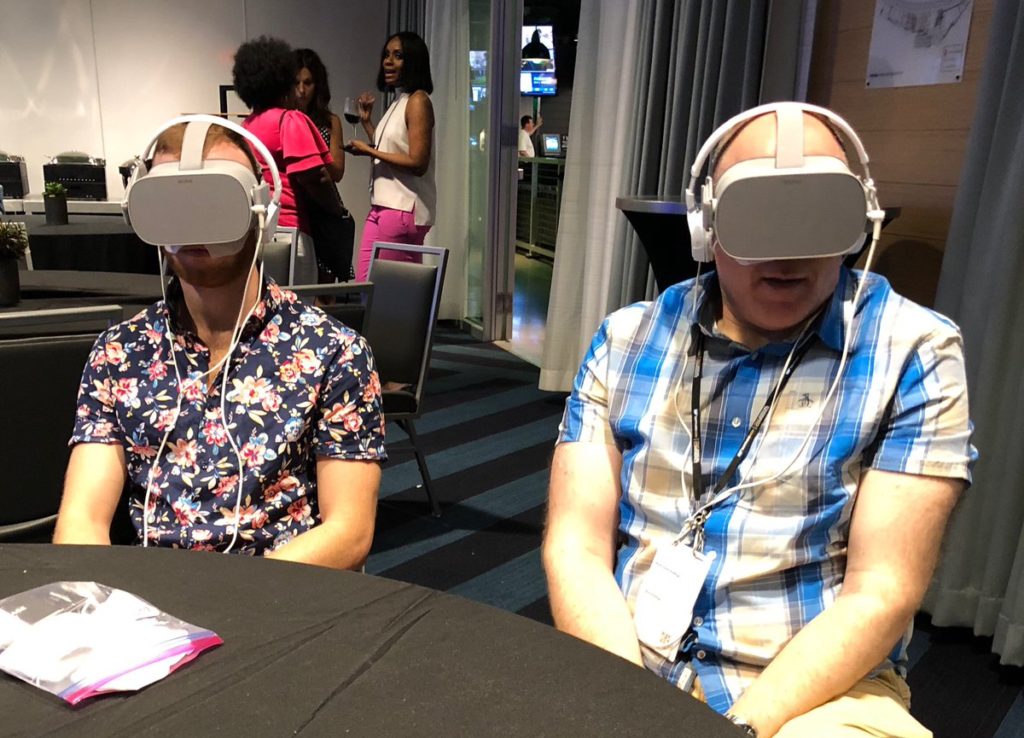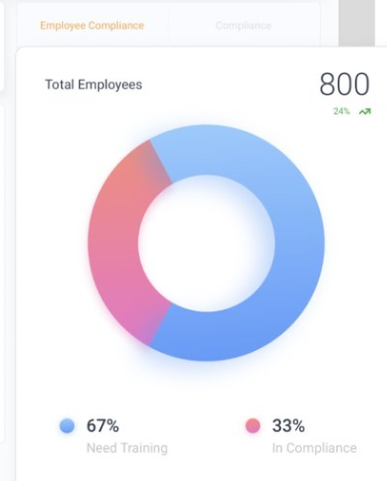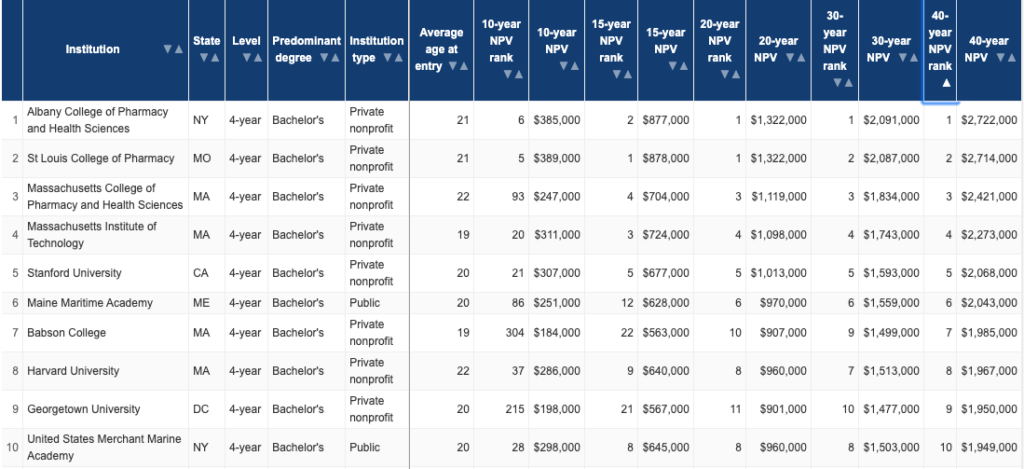“We’re big on CULTURE and fit!” We’re looking for the “right” person, not just skills!” “We just kind of know if they’ll fit or not…”
Of course, it’s not The Project if we don’t have some sports analogies that I tie back to some HR topic! That’s how this puppy was founded, probably won’t change. So, you might have missed a great sports-HR topic that popped last week!
LSU is the top college football program in the land and their head coach is Ed Orgeron. He’s beloved by a lot of people and has a great coaching pedigree. It’s surprising, with all of his success at LSU, that USC could have had him as their head coach, but he was passed over. And last week the truth of why he was passed overcame out!
“Specifically, Feldman said certain people in the Pat Haden administration “couldn’t get past what Ed Orgeron sounded like.”
“They didn’t listen to the players. They didn’t listen to the staff,” Feldman explained. “Ed Orgeron’s not a country club guy. I think he can relate to just about anybody…I think he can read people very well. I don’t think Pat Haden, who was the decision-maker at the time, that’s just not kind of guy he wanted. And I don’t think he could get past it.”
USC as an institution is elitist. They have graduates like Matt Charney and Neil Armstrong and George Lucas and OJ Simpson. Pat Haden, himself a USC graduate and Rhodes scholar, was the Athletic Director at the time Ed Orgeron was the interim head coach.
Can you imagine one of your hiring managers coming to you and saying, “Yeah, the resume is awesome, the references are awesome, but you know the candidate sounds dumb, so I’m going to pass!” That’s culture and fit. “We’re great” and we need someone who is going to “represent” us in a way where he makes us believe we are still great.
Pat had a bias. I want a head coach who ‘looks’ and ‘sounds’ like a head coach of USC. What does that mean? Looks good in a suit. Sounds like an educated person, probably white (at least sounds white). Heterosexual with a pretty wife. It was a look, an image. It wasn’t about results.
Pat Haden and USC were just doing what most organizations constantly do. They were hiring for fit. For “culture”. Believing somehow they had it figured out. Turns out, for Ed’s sake, they made the right call, because he is in a position where he is valued and they actually like his accent!
If you find yourself in an interview debrief and the conversation starts going down a path of “Fit” understand you’re about to hear someone’s bias coming out! Maybe you’ll even catch yourself and your own bias. We all have some and they mostly come out when we really can’t determine a real reason of why we don’t want to hire someone!



